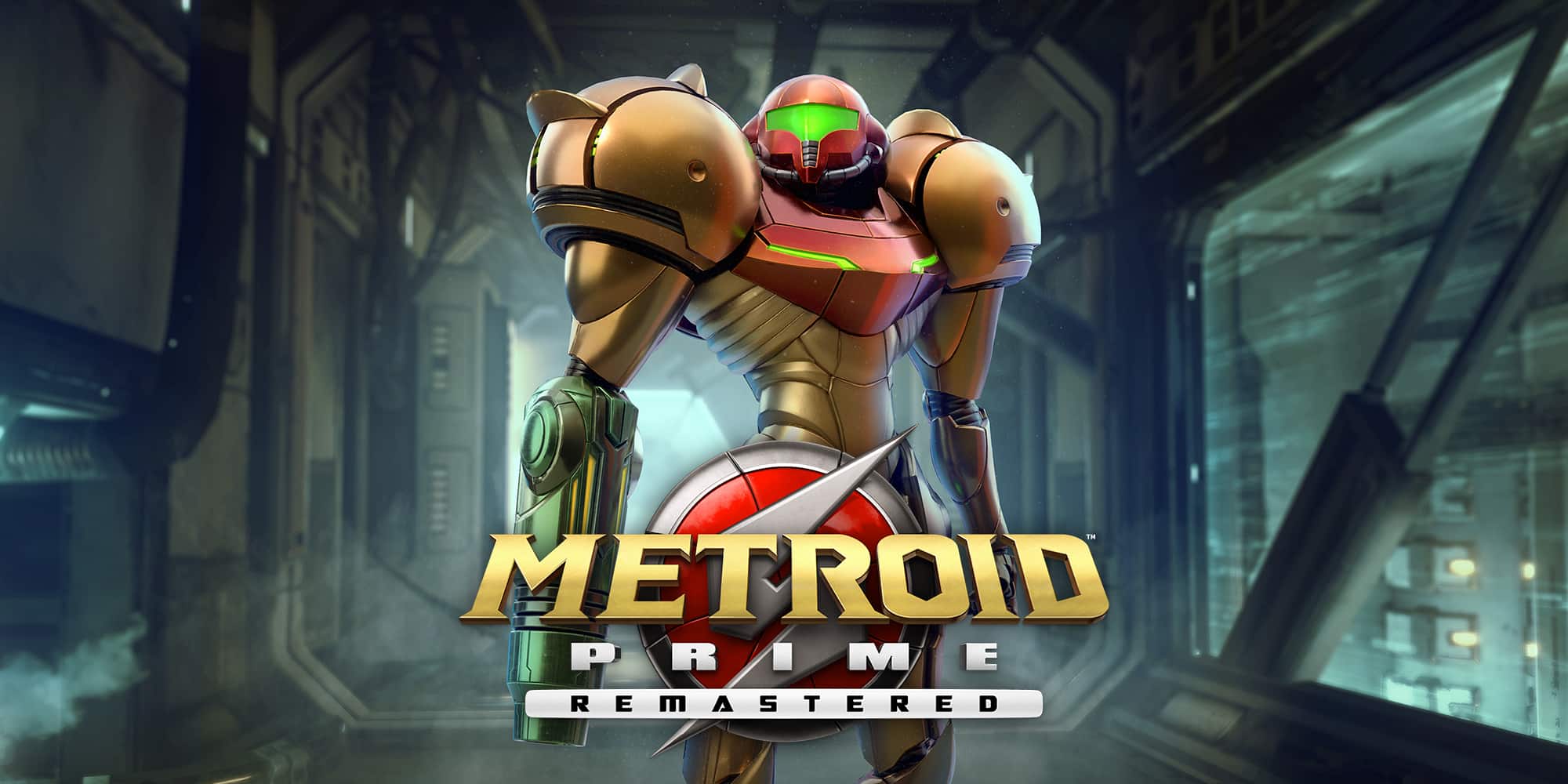
The tech-focused crew at Digital Foundry has been playing the newly released version of Metroid Prime Remastered on the Nintendo Switch, and they have come away appropriately pleased by the work that Retro Studios and the other developers who have worked with them on the game have accomplished. In docked mode, the game has a resolution of 900p, while in portable mode, the resolution is 600p.
However, all of the models and textures from the original game have been fully rebuilt for the remaster. Thank goodness, both docked and portable modes of Metroid Prime Remastered maintain a smooth and consistent sixty frames per second with very little drops. In their concluding remark, Digital Foundry said of the game, “Metroid Prime: Remastered is a more accessible and gorgeously improved version on the sixth-gen classic that stands up as a magnificent game on its own merits.” This statement was used to summarize the game.

Metroid Prime Remastered tech analysis highlights
“Not only that, but all of the models and textures from Metroid Prime have been redone from scratch just for this edition. The initial asset work done for Prime had an incredible geometric density and strong texturing, making it seem nice for the time it was made, however it does not hold up well to current examination. Every object looks to have been totally recreated to fit the capabilities of the Switch technology, with tons of incidental detail added. The new models have more polygonal complexity and better texturing.
“In terms of visual quality, the new game works at 900p in docked mode and 600p in portable mode, with no trace of dynamic resolution scaling and no anti-aliasing,” the description reads. Due to the lack of real-time effects and specular environmental features, the absence of anti-aliasing is uncommon for a recent game; yet, it does not stand out too poorly because to these factors. The absence of anti-aliasing is only truly evident in metallic, artificial buildings.
“The performance is quite simple, which is something that should be commended. During my testing, I was able to maintain a steady 60 frames per second in both the docked and portable modes, and I did not see any discernible drops in frame rate at any point. The new edition is at its best when played on a portable system, and in especially on the OLED Switch model, which makes the deeper tones of the reworked lighting truly stand out. On a screen so small, the presentation being just slightly less native than native is hardly noticeable, and Remastered simply looks amazing.
“Of course, the enhancements to the aesthetic aspects contribute a great deal as well. The Nintendo Switch version of Metroid Prime is a gorgeous game that makes great use of the technology to create a graphically complex experience while also meeting a frame rate goal of a rock-solid 60 frames per second. This is easily one of the most visually impressive games I’ve played on the Nintendo Switch, and it demonstrates the incredible potential of the Tegra X1-powered device when it’s given the opportunity to shine in an original creation. Remastered feels incredibly similar to the source game despite the tremendous graphics jump that was also included, closely keeping to the original visual language while filling out and enhancing every available detail.













